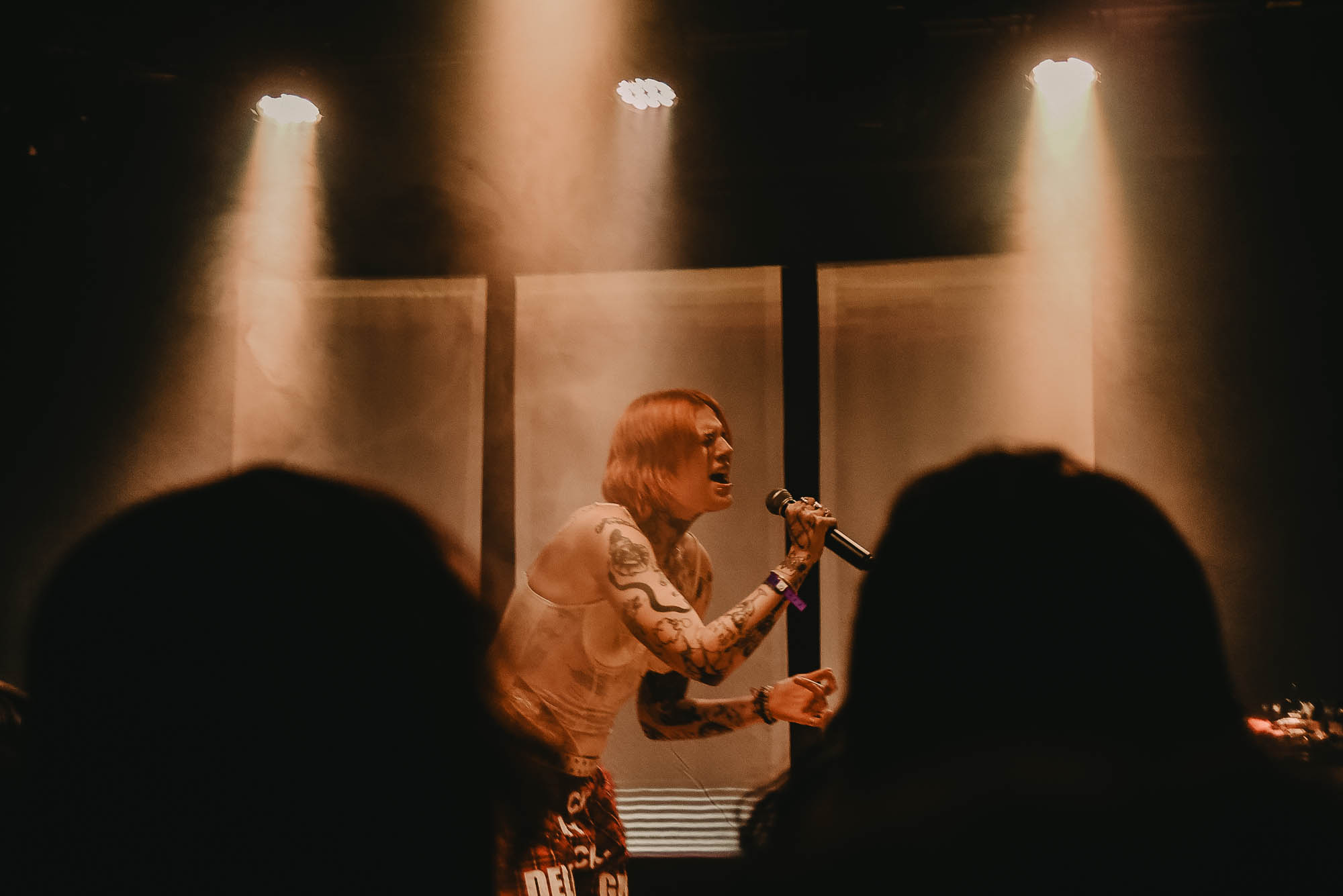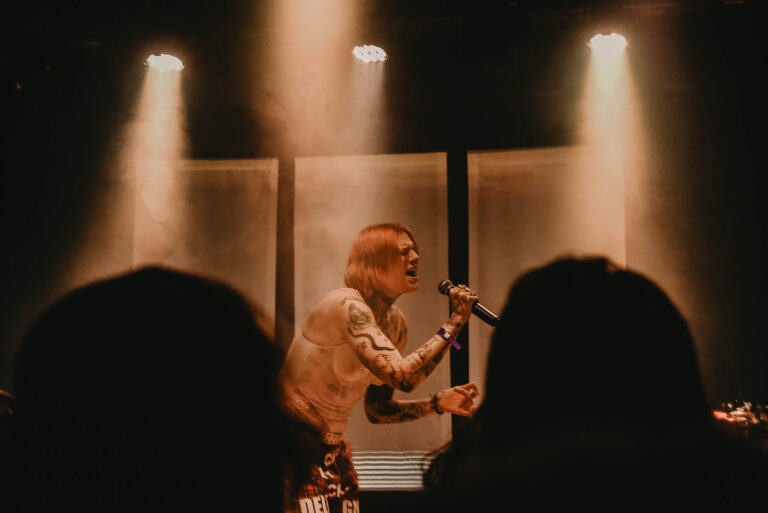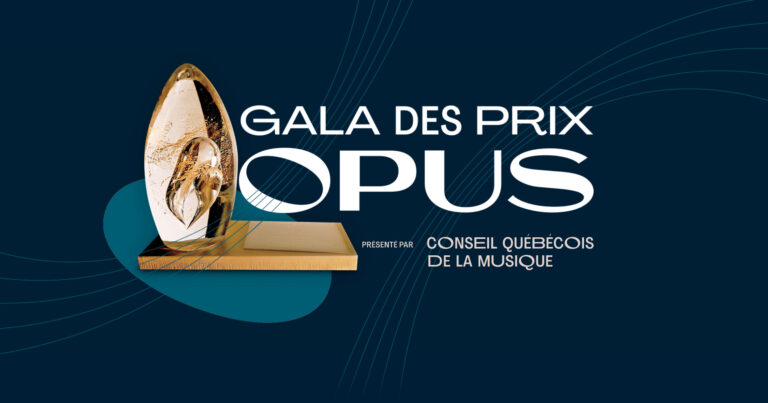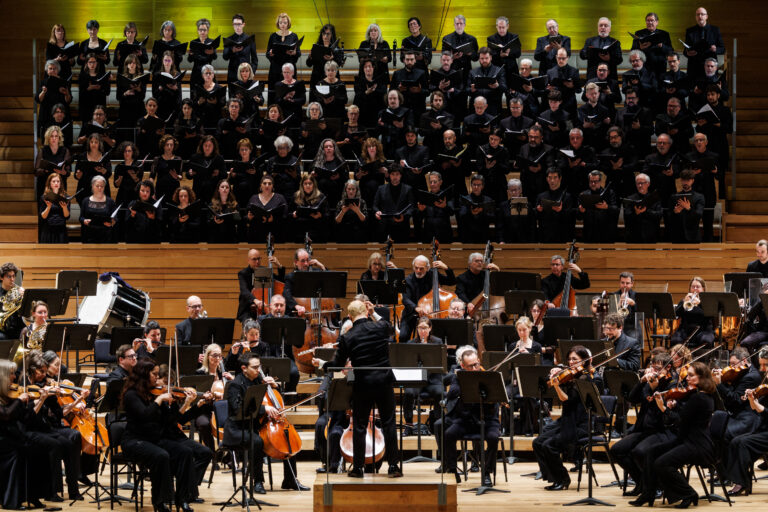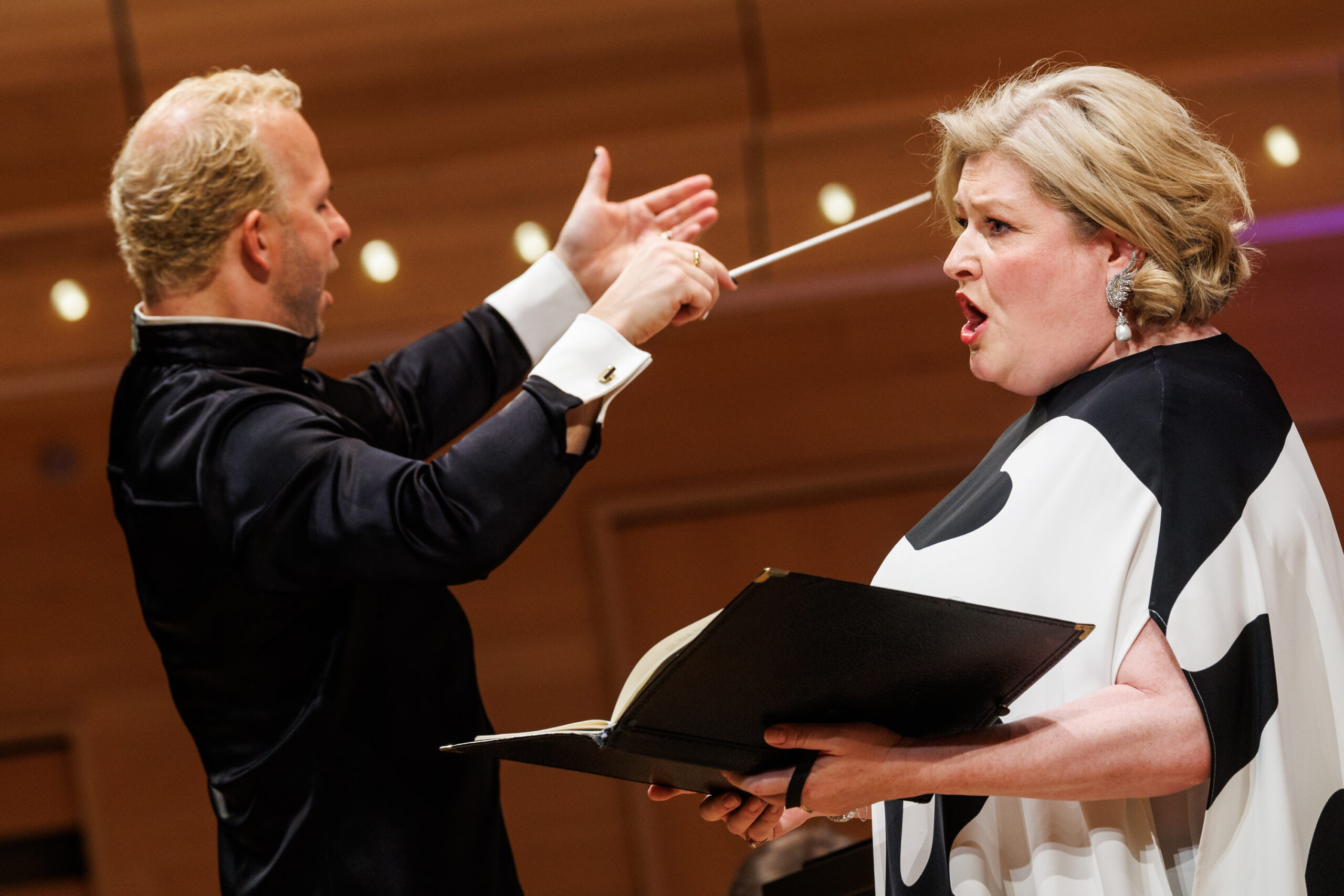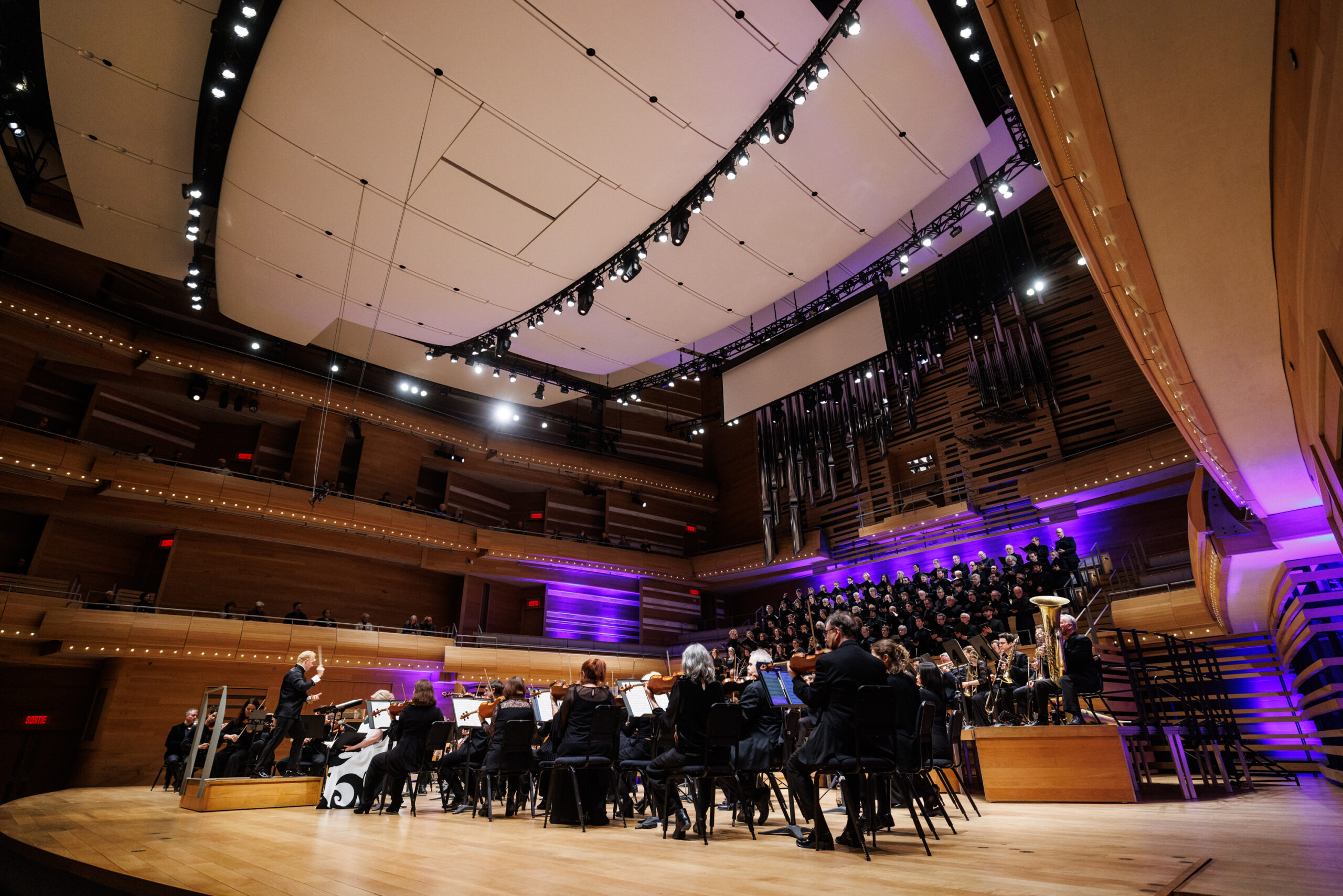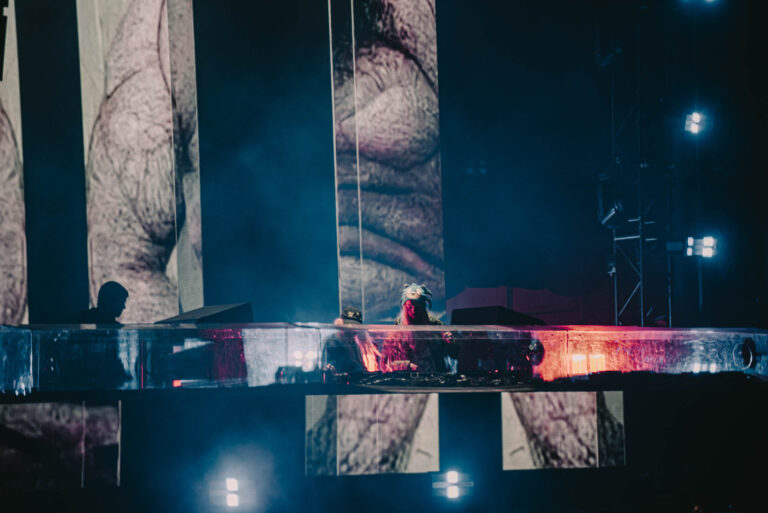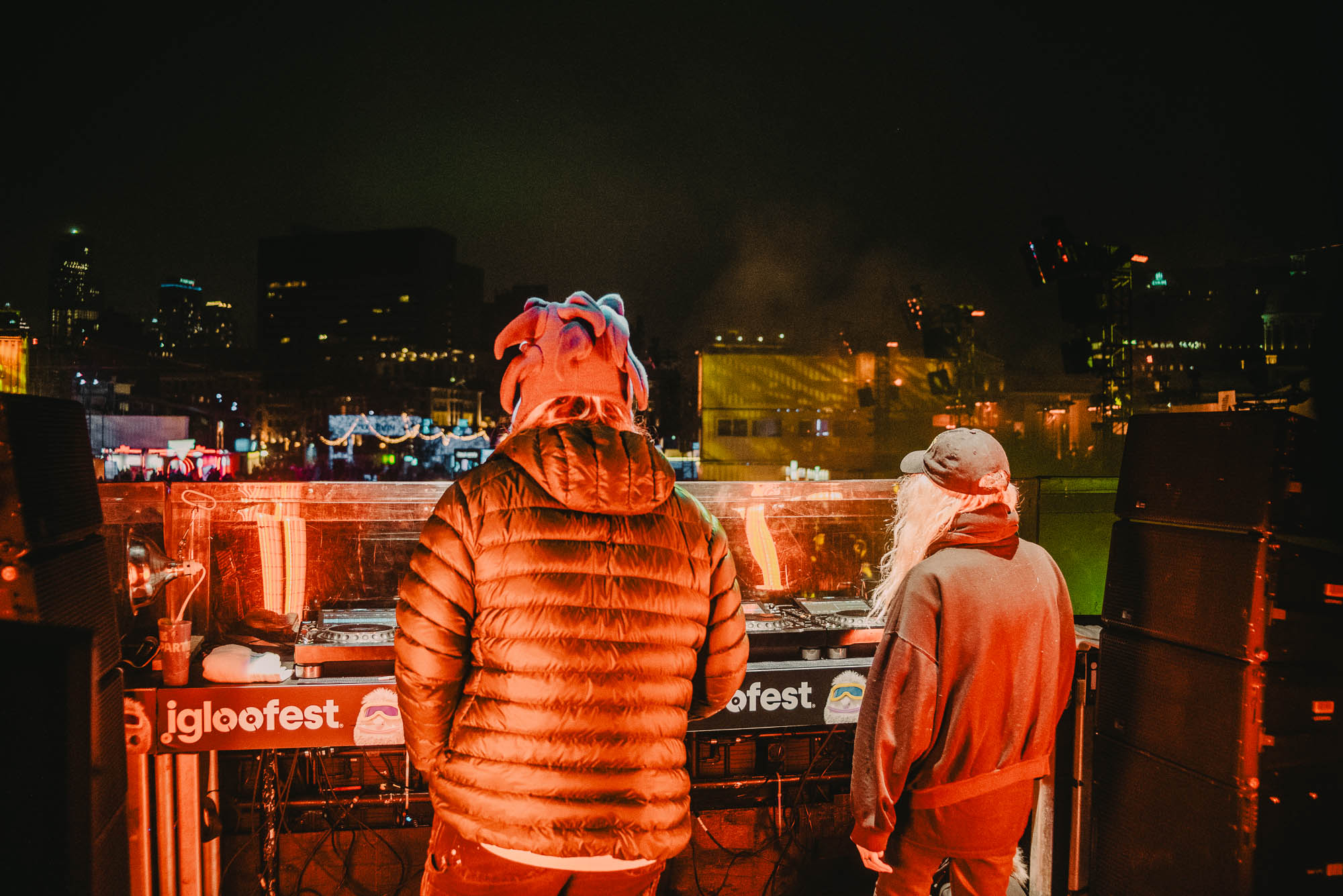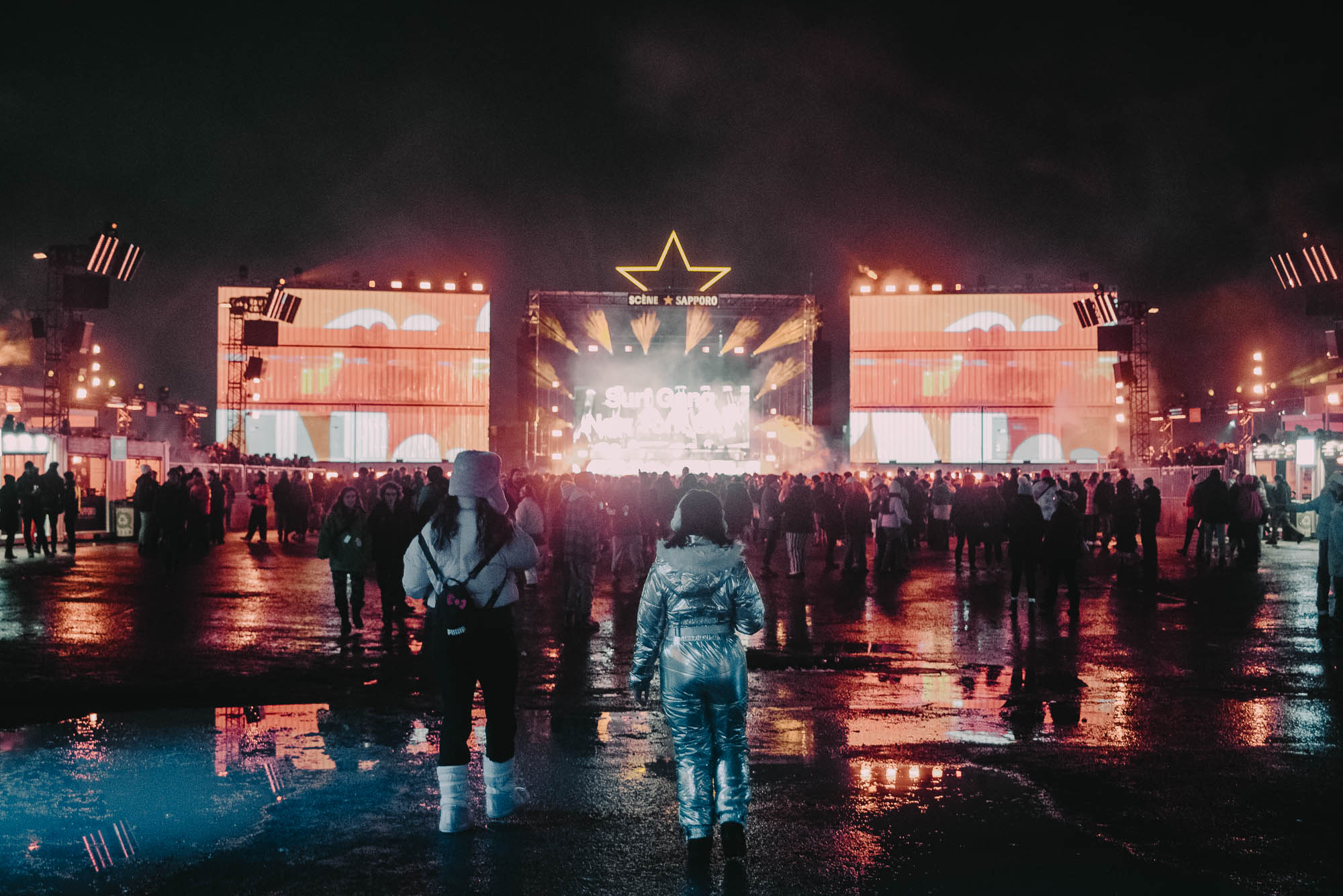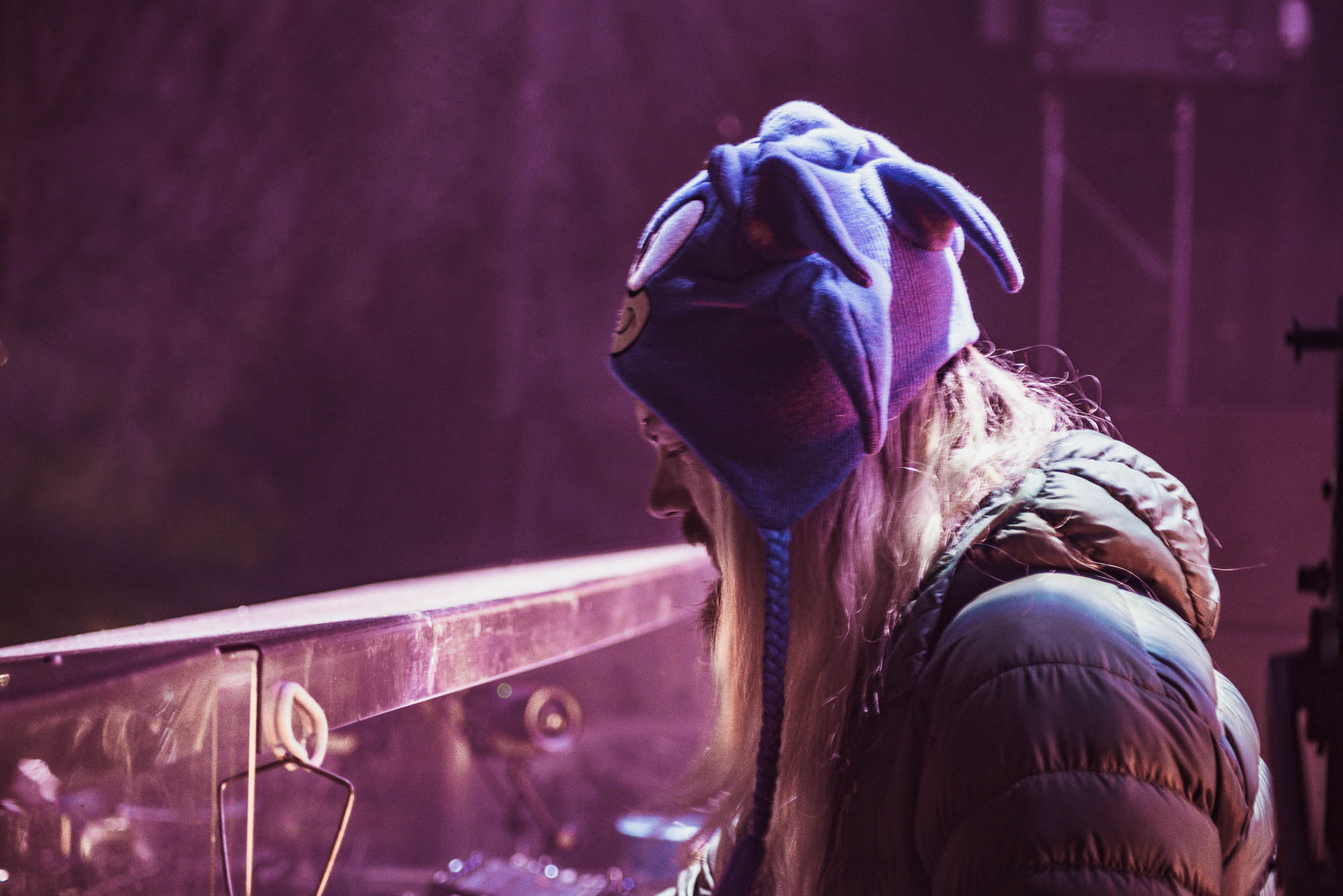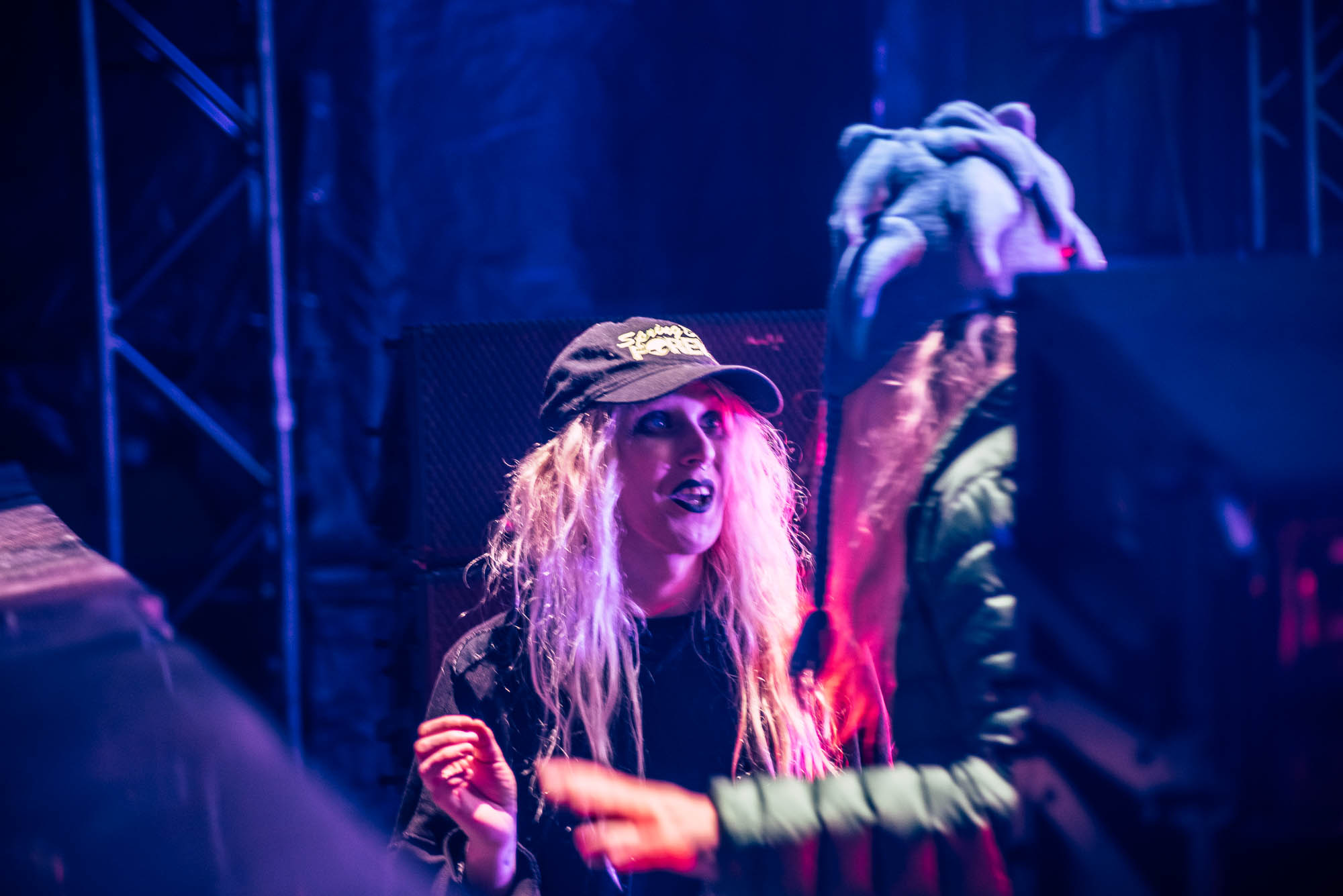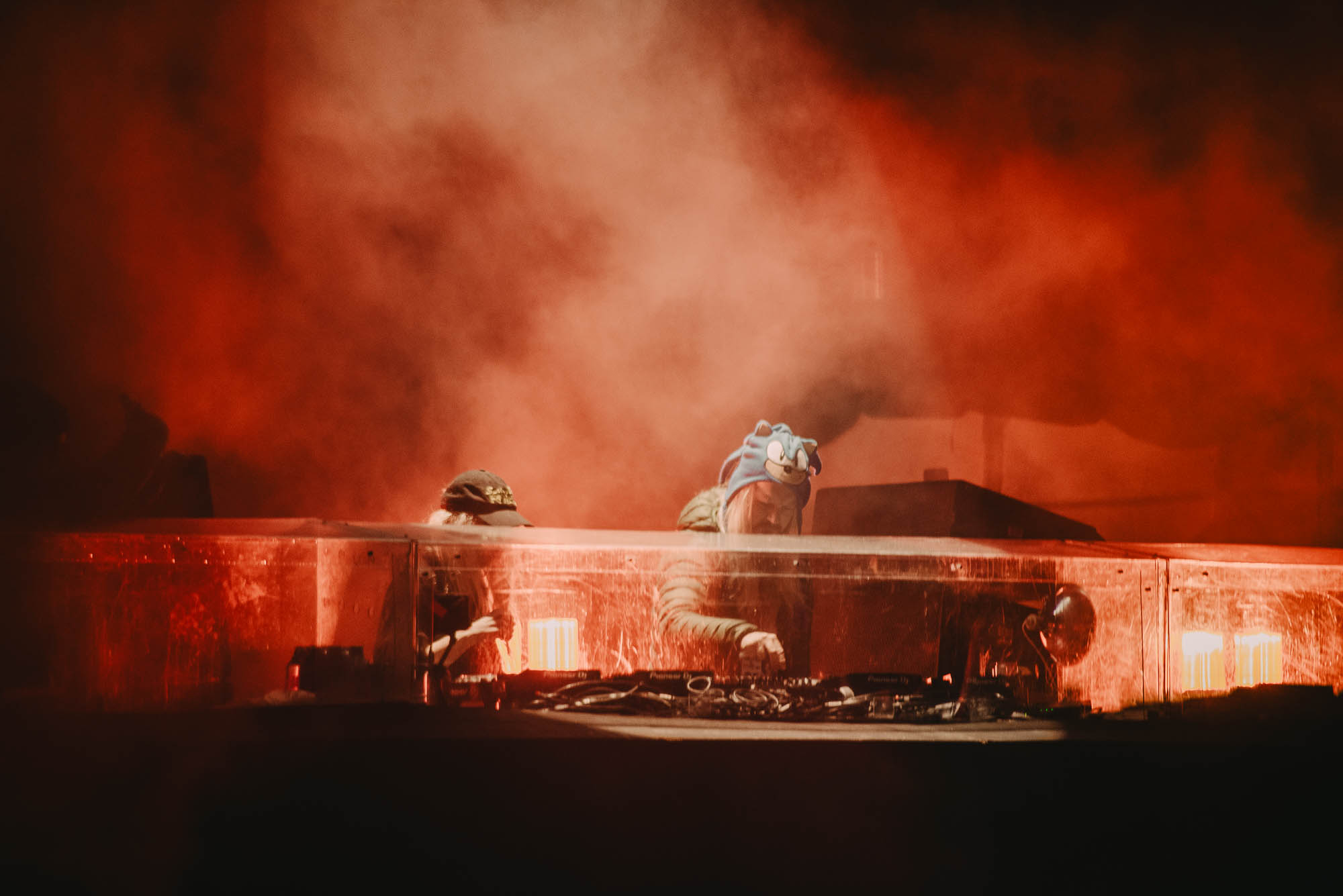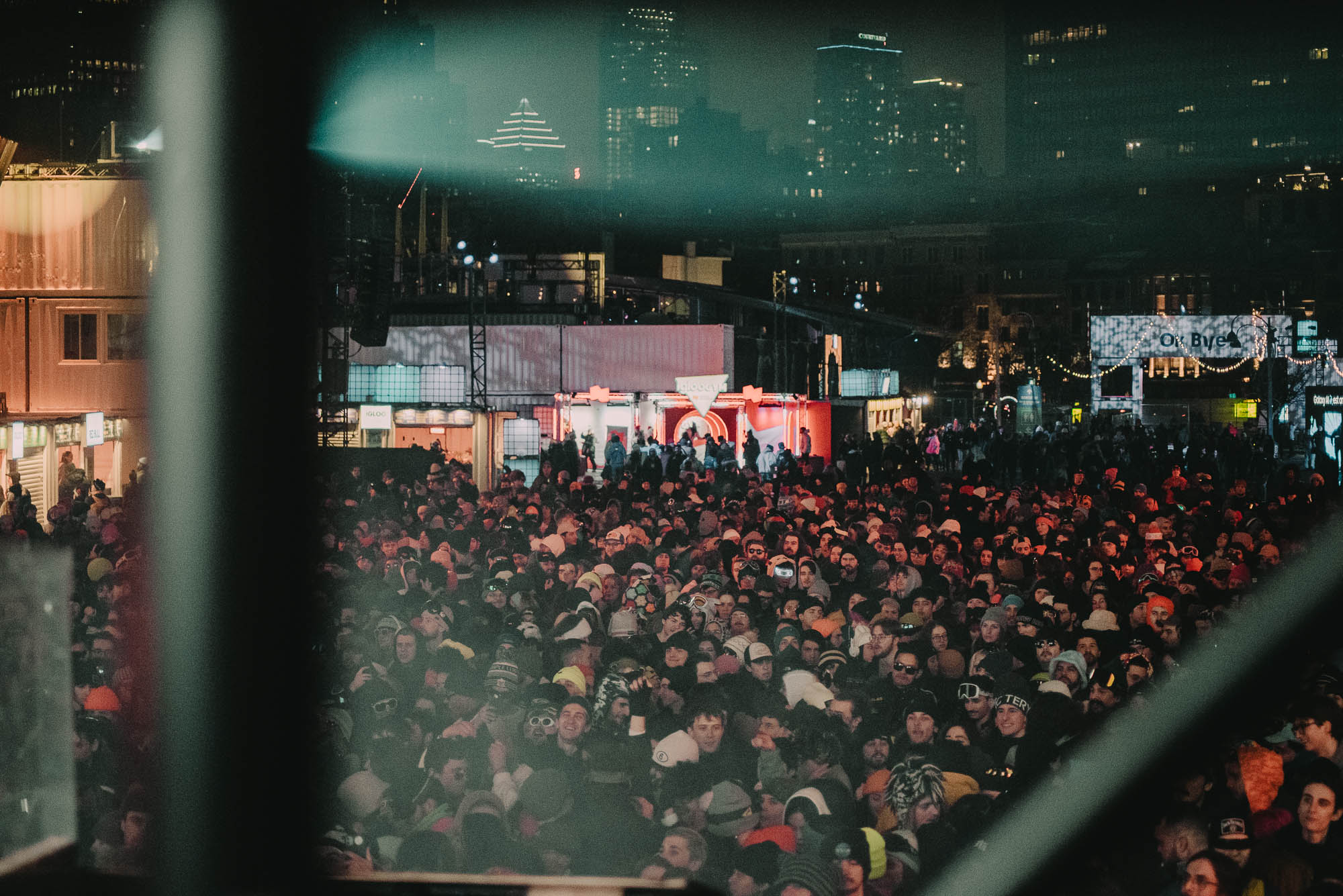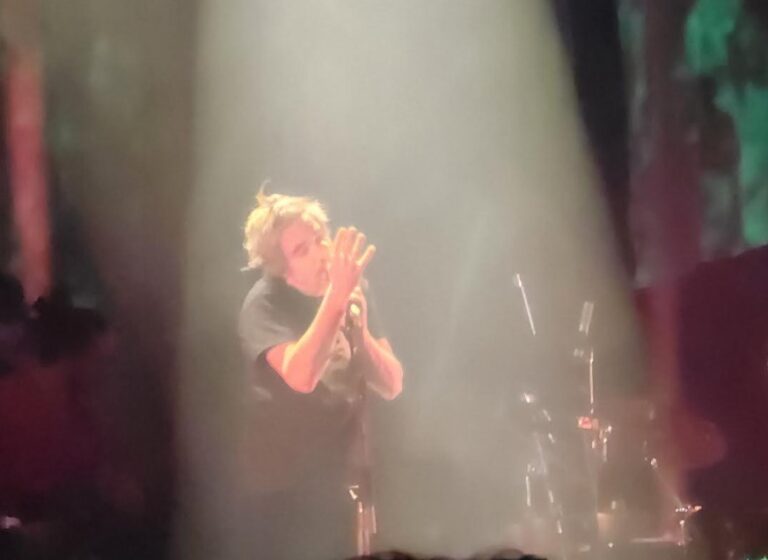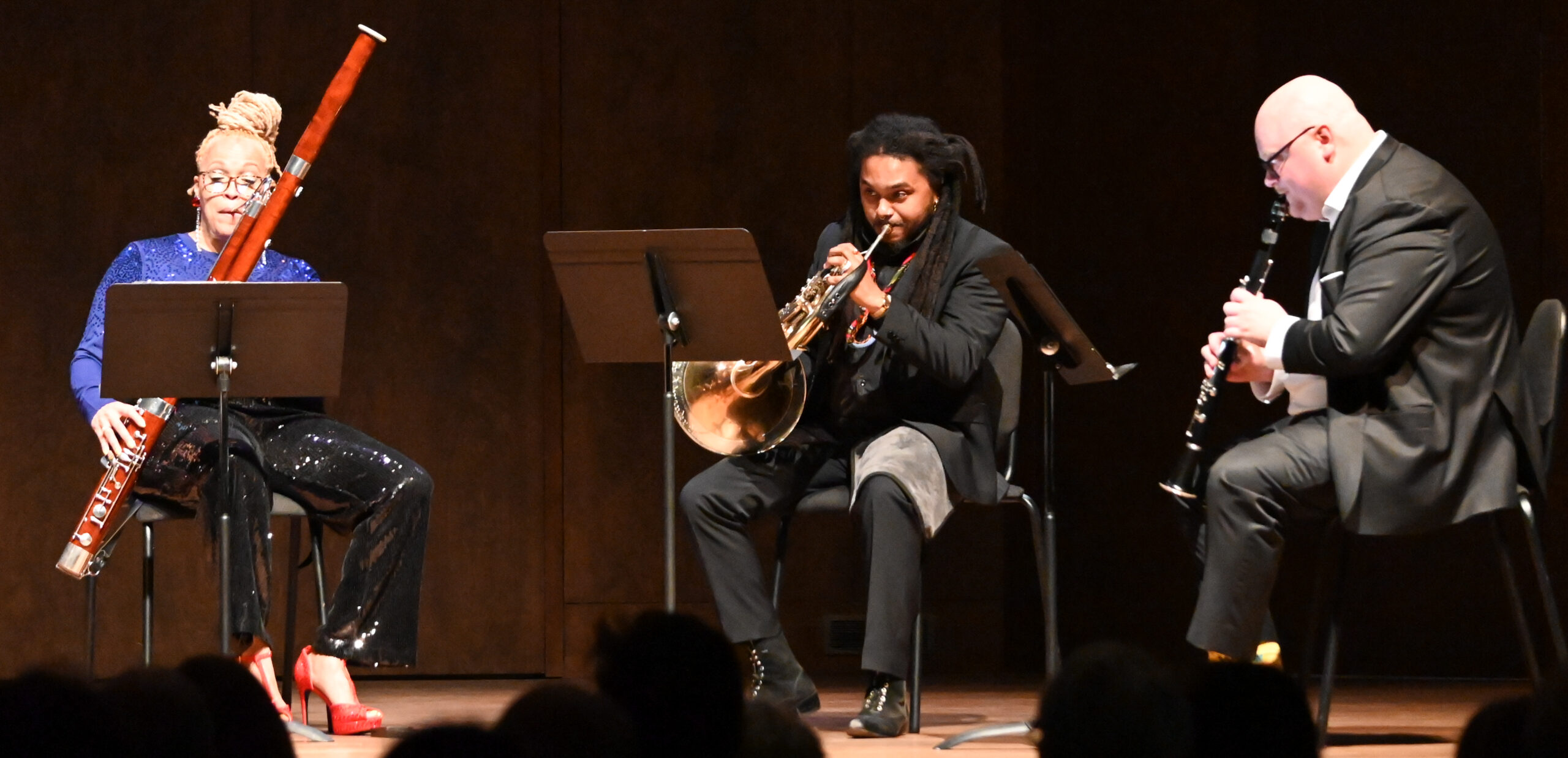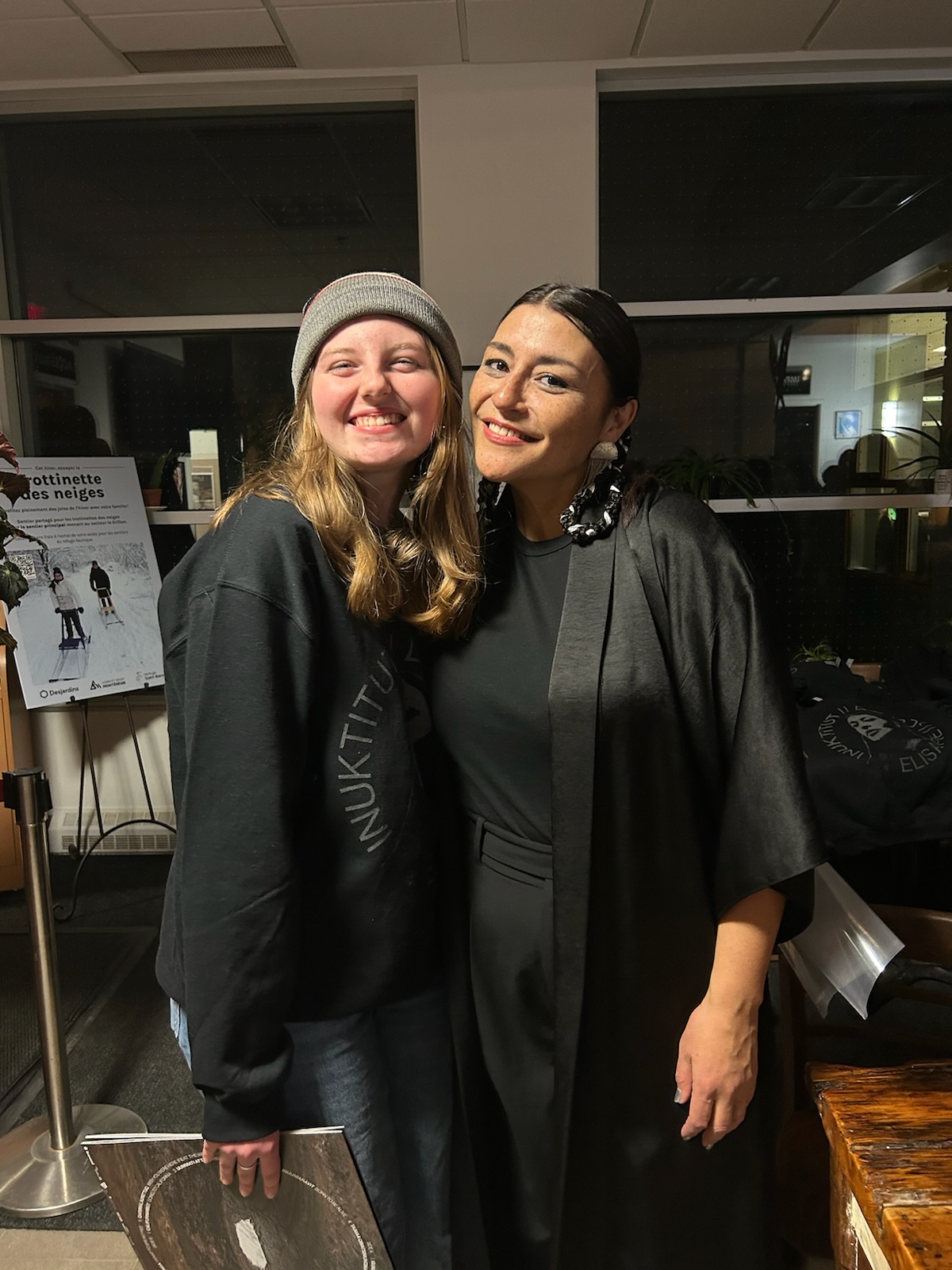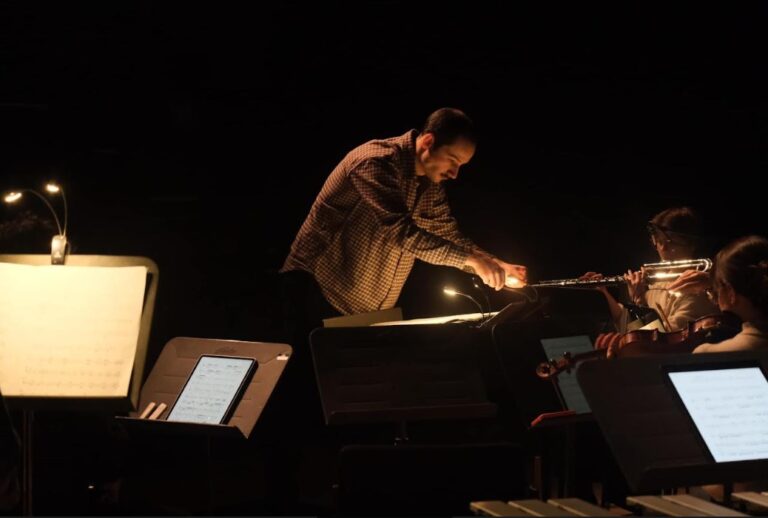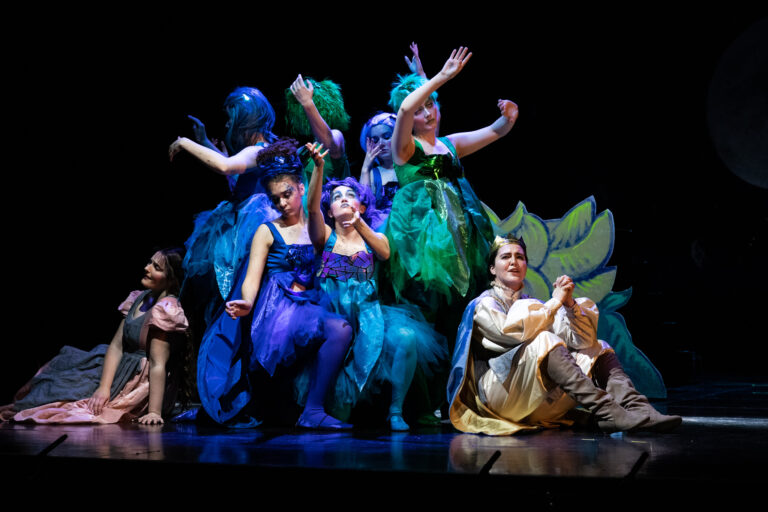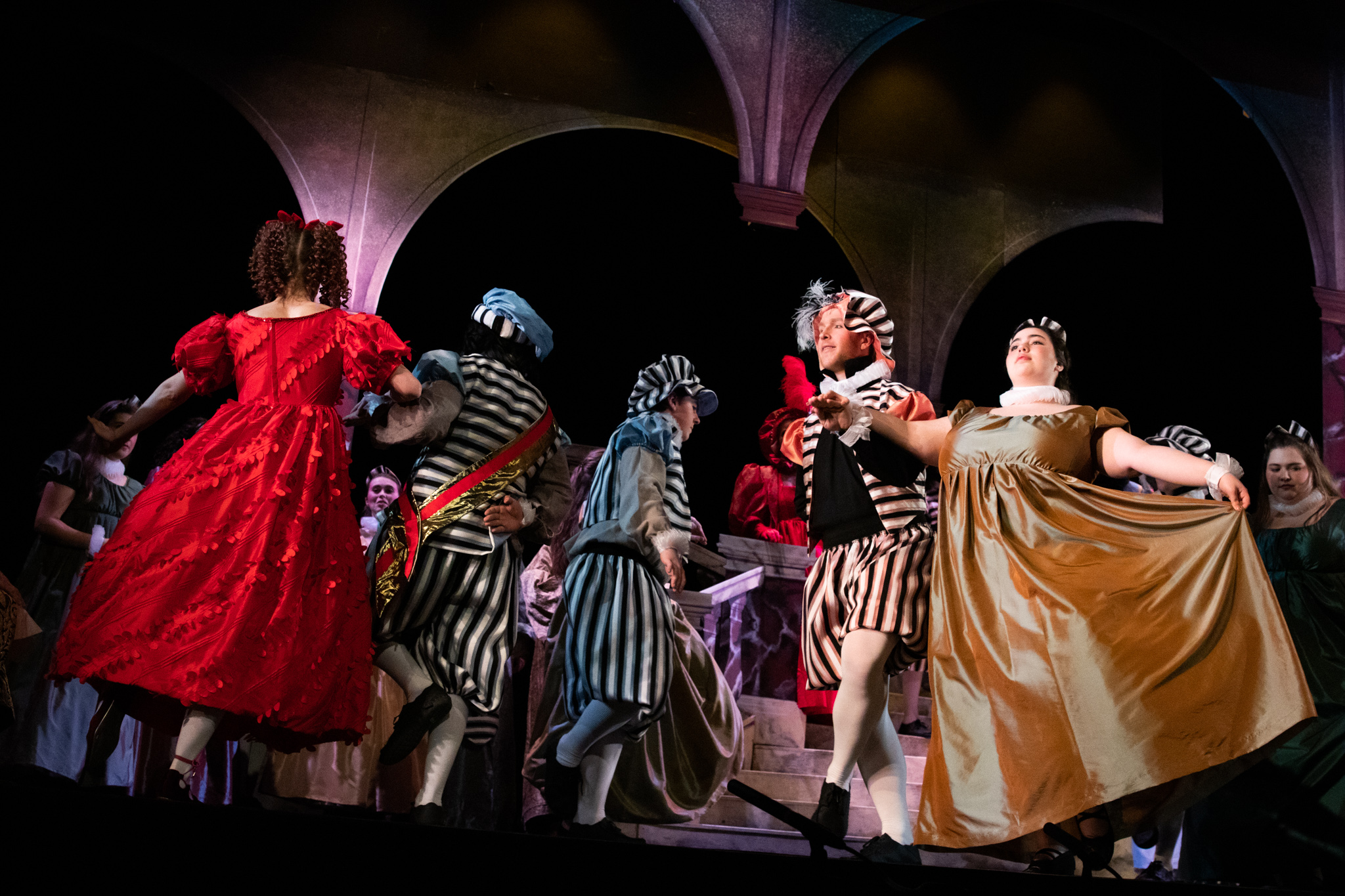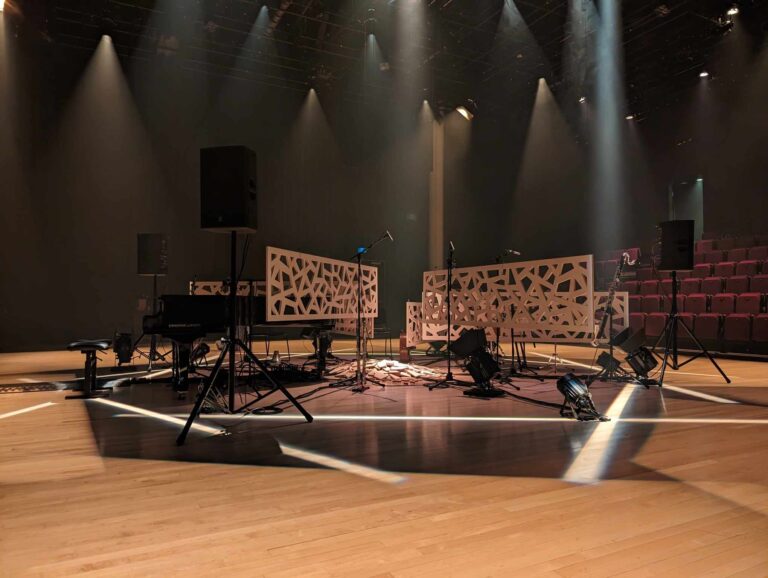The major annual gathering of the Quebec music community was in full swing for its twenty-seventh edition at Salle Bourgie on Sunday, February 4. Bringing together performers, presenters and artisans of concert music, the Conseil québécois de la musique and various partners presented 30 awards, including 8 special bonus prizes, to salute and honor their work. Comedian Jocelyn Lebeau hosted the event for the third year running, delivering a dynamic, fast-paced presentation based on the less conservative formula of the previous edition, with blocks of awards and discussions with three or four winners from different categories, rather than the traditional acknowledgements. These discussions, in which the winners were invited to choose a word that summed up their project, led to some lively exchanges and funny moments. The gala’s musical entertainment was provided by the ensemble collectif9, who, in addition to opening and closing the ceremony, punctuated the announcement of the winners with a variety of instrumental interventions. The audience was also transported by Serhiy Salov’s spirited interpretation of Chopin’s Fantaisie-Impromptue Op. 66, and enchanted by the music of the Masmoudi Quartette with their piece Labyrinthe, where jazz, tango and klezmer music come together. Framing these interventions, the opening and closing numbers respectively featured the works of Nicole Lizée (Another Living Soul) and Romanian composer Sapo Perapaskero (Tot Taraful) in what was, in our opinion, one of the most varied and interesting musical animations of recent editions.
Here are the winners for the 2022-2023 season:
Concerts
Concert of the year – Medieval, Renaissance and Baroque music
Handel’s Alcina : l’enchantement, Les Violons du Roy, Jonathan Cohen, conductor, Karina Gauvin, Lucy Crowe, Rowan Pierce, sopranos, Kayleigh Decker, mezzo-soprano, Stuart Jackson, tenor, Avery Amereau, contralto, Nathan Berg, bass, February 9, 2023
Concert of the Year – Classical, Romantic and Post-Romantic Music
Les notes lumineuses, Bruce Liu, piano, Société musicale Fernand-Lindsay – Opus 130 and Centre culturel Desjardins de Joliette, April 23, 2023
Concert of the year – Modern and contemporary music
Le Quatuor selon Berio, Quatuor Molinari, May 19, 2023
Concert of the Year – Contemporary and electroacoustic music
Elle a son mot à dire, Ensemble SuperMusique, Joane Hétu, conductor, Productions SuperMusique, in collaboration with Groupe Le Vivier, May 3, 2023
Concert of the Year – Jazz
Marianne Trudel, piano solo: “La musique et la vie”, Marianne Trudel, piano, February 12, 2023
Concert of the Year – World Music
Transcestral – Sufi and aboriginal encounter, Oktoecho, Katia Makdissi-Warren, composer and conductor, Anouar Barrada, Sufi singing, Buffalo Hat Singers, Moe Clark, singing and drumming, Nina Segalowitz, Inuit throat singing, Joséphine Bacon, poetry, singing and the artists, December 9, 2022
Concert of the year – Multiple repertoires
Antoine Tamestit: Bach, Shostakovich and Stradivarius, Les Violons du Roy, Antoine Tamestit, conductor, April 13, 2023
Albums
Album of the year – Medieval, Renaissance and Baroque music
Jean Baur: Chamber Music, Accademia de’ Dissonanti, Passacaille Records
Album of the Year – Classical, Romantic and Post-Romantic Music
Massenet: Complete melodies for voice and piano, A-S. Neher, A. Bareil, A. Bélanger, A. Figueroa, D. Jacques, E. Hasler, É. Laporte, F. Bourget, F. Antoun, H. Laporte, J. Marchand, J-F. Lapointe, J.Lampron-Dandonneau, J. Boulianne, K. Gauvin, M. Simard-Galdès, M. Boucher, M-É. Pelletier, M-N. Lemieux, M. Losier, O. Godin, S. Naubert, S. Tétreault, V. Milot, ATMA Classique
Album of the year – Modern, contemporary music
Lumières nordiques, Vincent Boilard, Quatuor Molinari, ATMA Classique
Album of the Year – Contemporary, electroacoustic music
Au Diable Vert, René Lussier, ReR Megacorp & Circum Disc
Book of the Year
La musique qui vient du froid. Arts, chants et danses des Inuit. Jean-Jacques Nattiez, foreword by Lisa Qiluqqi Koperqualuk, Les Presses de l’Université de Montréal, 2022
Special prizes
Atypical duo Stick&Bow, featuring marimbist Krystina Marcoux and cellist Juan Sebastian Delgado, won the CINARS International Outreach Award ($2,000) and the Canada Council for the Arts Performer of the Year Award ($5,000).
Saskatchewan pianist Meagan Milatz was awarded the Discovery of the Year prize, which comes with a video production courtesy of Télé-Québec’s La Fabrique culturelle. For “the authenticity of her approach, filled with curiosity and interest in others [and] her music [which] are fantastic intercultural encounters”.
Katia Makdissi-Warren received the Opus Prize for Composer of the Year, along with $10,000 from the Conseil des Arts et des Lettres du Québec. Danielle Palardy-Roger’s Le Fil d’Ariane was awarded the Opus Prize for Creation of the Year.
The Opus Montréal – Inclusion et diversité prize offered by the Conseil des arts de Montréal $10,000 to Ensemble Caprice for their ClassiqueInclusif 2022-2023 project. The Opus Québec prize went to the Opéra de Québec for the 12th edition of its festival, while the Orchestre symphonique de Drummondville was awarded the Opus Régions prize for its concert Illumine la nuit: la symphonie illustrée. Among broadcasters, the Festival de Lanaudière won the Opus for Specialized Broadcaster of the Year, and Maximum 90, based in Carleton-sur-Mer, for Multidisciplinary Specialized Broadcaster. Olga Razenhofer, violinist with the Molinari Quartet, won the Opus for Artistic Director of the Year. For their OSMose Concert, the Orchestre symphonique de Montréal received the $5,000 Production of the Year – Young Audience award from the Ministère de la Culture et des Communications du Québec. Groupe Le Vivier’s La Semaine du neuf : Hommage à Claude Vivier, featuring the music of this tragically deceased composer, was named Musical Event of the Year.
Honoured jointly with the Conseil québécois du patrimoine vivant, the group Bon débarras was awarded the prize for Concert of the Year in Quebec Traditional Music for Repères, which comes with a $1,000 cash prize. New Opus Prize partner Mundial Montréal, the global music industry’s renowned conference-festival, awarded the Album of the Year – World Music prize to Les Arrivants, an innovative trio featuring Amijai Shalev, Abdul Wahab Kayyali and Hamin Honari, whose album Home is a “bold fusion of Argentine tango traditions, Arabic music and Persian rhythms”. The prize was accompanied by a mentoring package and a conference.
It was a particularly touching and symbolic moment when Isolde Lagacé was honoured at Salle Bourgie. Isolde, who since 2008 has been Artistic Director of the Fondation Arte Musica and of Salle Bourgie, inaugurated in 2011 under her mandate, was warmly applauded by members of the community for her contribution and dedication to the promotion of concert music in Quebec. Thanks and touching video testimonials were delivered by patron Pierre Bourgie, Geneviève Soly, sister of the laureate, Caroline Louis and Olivier Godin, respectively General Manager and current Artistic Director of the hall, as well as French pianist Alexandre Tharaud. Alexandre Tharaud thanked her for her friendship, and underlined the warm welcome she and her team always extend to foreign musicians – a factor contributing to the recognition of Salle Bourgie as one of the most important concert halls in Canada and internationally. Full of gratitude, Isolde Lagacé praised the diversity and creativity of Quebec’s music scene. Télé-Québec’s La Fabrique culturelle has produced a video to get to know the winner better, which will be available on its website.



